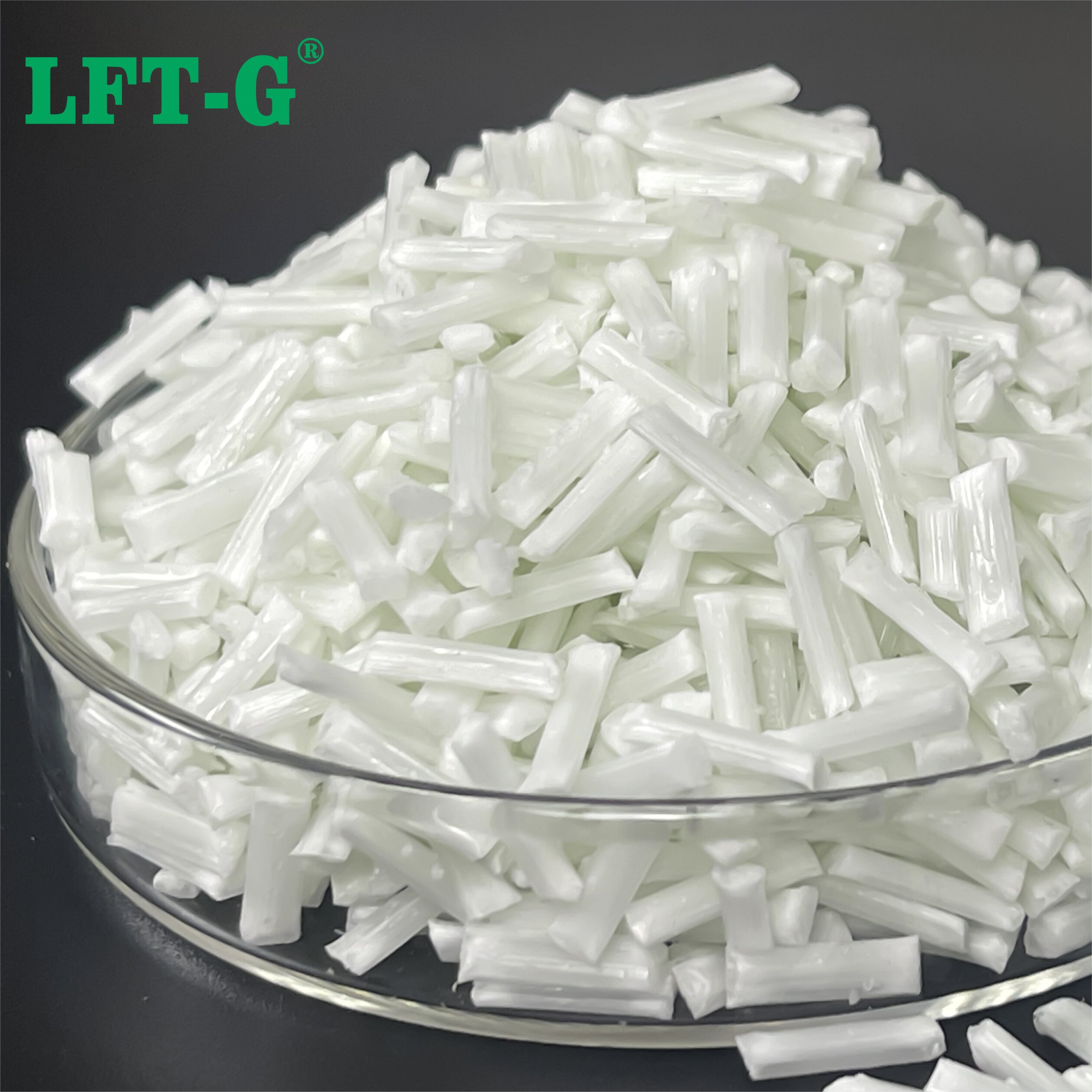new blog
Glass fiber reinforced polypropylene (PP/GF) has the advantages of low density, good heat and creep resistance, and high cost performance. It is widely used in electronic and electrical appliances, aerospace, automotive and other industries to prepare lightweight and thin-walled parts to replace steel, engineering plastics and other materials.
The limiting oxygen index (LOI) of PP is about 17.0%, and it is a flammable material, which is accompanied by a large number of flame droplets and releases a lot of heat during combustion. Although the droplet phenomenon is significantly suppressed after the addition of GF, due to the "wick effect" of GF, the combustion duration of the material is long, and the heat release is large, and the flame retardant treatment of PP/GF must be carried out in the demanding application field. In recent years, some bromo-antimony flame retardant systems have been burned to produce toxic fumes, and relevant laws and regulations at home and abroad have prohibited bromo-based flame retardants such as decabDE.
Phosphorus and nitrogen expansion environment-friendly halogen-free flame retardant system has the advantages of environmental protection and low cost, and has been applied in the field of polyolefin materials. For example, piperazine pyrophosphate (PAPP) contains phosphorus and nitrogen elements, and contains more hydroxyl groups, which can be used as an "acid source" and "carbon source" of an expansive flame retardant system.

In the case of the same flame retardant content, the increase of GF content, the flame retardant performance of PP/GF material is improved. (GF < 30%)
On the one hand, with the increase of GF content, the content of PP in the base material is relatively reduced, and the combustible debris generated by the combustion and cracking of the base material is relatively reduced in the LOI test. At the same time, with the increase of GF content, the melt flow rate of the material decreases, which also helps to improve the drip phenomenon of the thin sample, so that it is easier to pass the vertical combustion test. On the other hand, because the flame retardant through the "solid carbon" mechanism, and its carbon layer is better covered on the surface of the spline, will not be "pierced" by GF high-temperature residue, the formed thermal insulation oxygen insulation protective layer can reduce the escape of fuel, a better flame retardant effect.